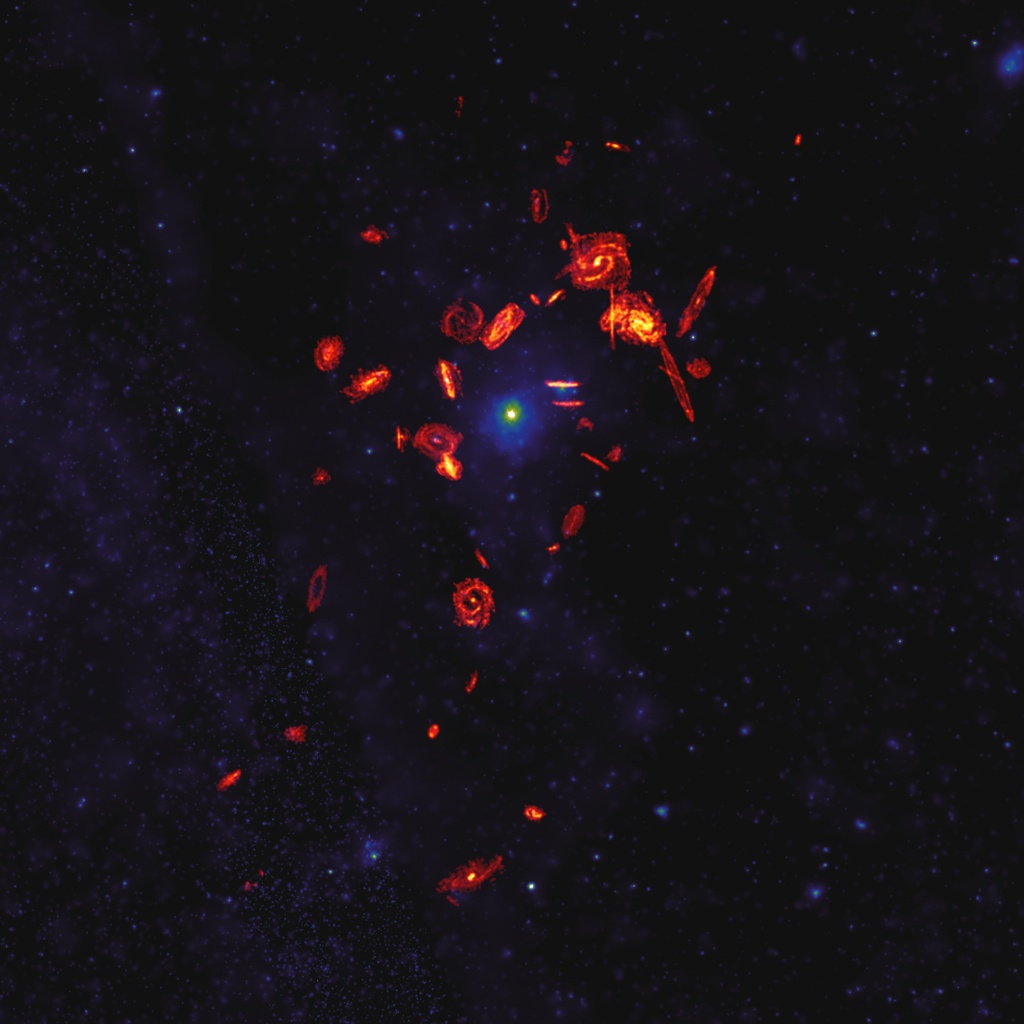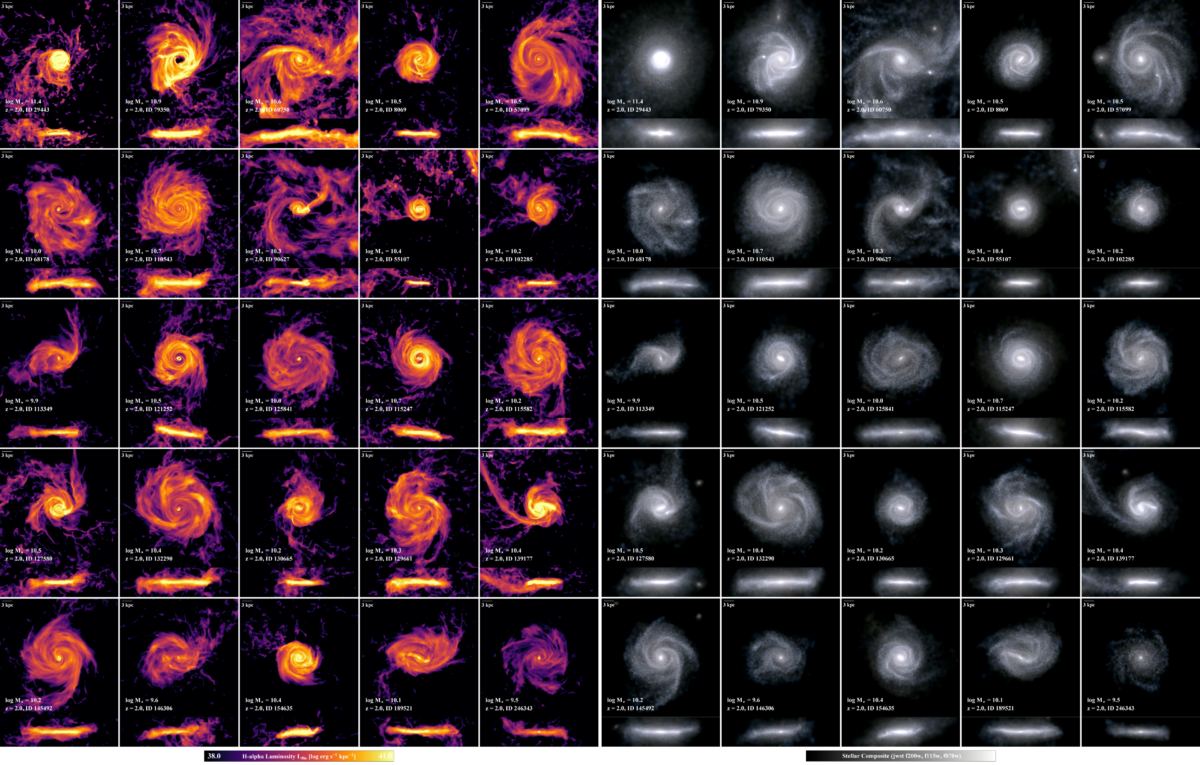In the Milky Way, the formation rate of stars is about one solar mass every year. About 10 billion years ago, it was ten solar masses every year. What happened?
Stars are born in giant molecular clouds (GMCs), and astronomers think that the environment in galaxies affects these clouds and their ability to spawn new stars. Sometimes the environment is so extreme that entire galaxies stop forming new stars.
Astronomers call this “quenching,” and they want to know what causes it.
Continue reading “What’s Snuffing Out Galaxies Before Their Time?”

